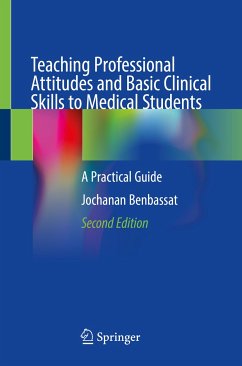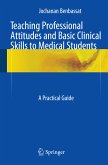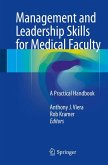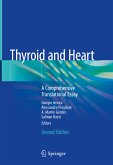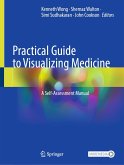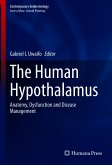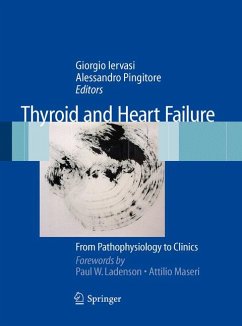The second edition of this concise, easy-to-read title is designed for clinical teachers looking to refine their approach to teaching professional attitudes and basic skills to medical students. The core sections on communication skills, physical examination, and clinical reasoning have been fully updated; and the book has been expanded to cover such topics as the role of the social and behavioral sciences in clinical care, quality assurance of patient care, and the rationing of medical resources in clinical practice. On all topics, the renowned author clearly and adroitly offers keen insights gleaned from his long career, explaining the importance of these topics and how students form their own opinions about them. For example, writes the author, the primary goal of teaching the social and behavioral sciences is to raise awareness that age, low socioeconomic status, recent life events, drug dependence, mental illness, high body mass index, and belonging to an ethnic minority are risk indicators for morbidity. Second, the author address second opinions, outlining how not getting a second opinion is a cause of health care disparities. In addition, the author discusses how unexpected study results should not be ignored, nor should they be considered definitive evidence, but rather hypotheses that should be tested by further studies. Teaching Professional Attitudes and Basic Clinical Skills to Medical Students: A Practical Guide, 2
nd Edition will be of great assistance to teachers who must provide an approach not only to teaching patient interviewing and the physical examination but to teaching key, clinically relevant topics of the behavioral and social sciences that are so vital to developing an effective, well-rounded physician.
Dieser Download kann aus rechtlichen Gründen nur mit Rechnungsadresse in A, B, BG, CY, CZ, D, DK, EW, E, FIN, F, GR, HR, H, IRL, I, LT, L, LR, M, NL, PL, P, R, S, SLO, SK ausgeliefert werden.

